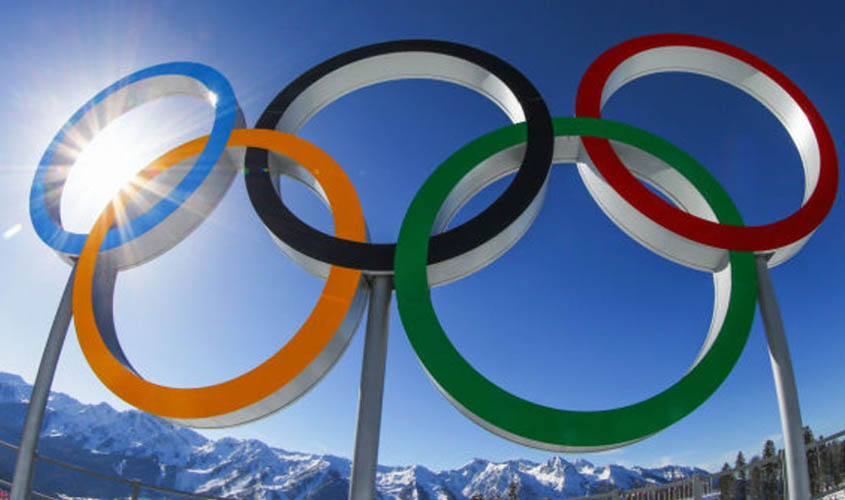The emergence of teenage sensations such as Saurabh Chaudhary, Manu Bhaker and Hima Das in recent months is proof, if proof was needed, that there exists a huge pool of talent in this country, waiting to be tapped and mentored to glory in that pinnacle of sporting competitions, the Olympic Games. At the age of 16 years, shooters Manu Bhaker and Saurabh Chaudhary are Commonwealth and Asian Games champions, respectively, defeating, in Saurabh’s case, a Japanese world champion and a South Korean multiple-Olympics champion in his first international competition at the senior level. While Hima Das, at 18, is the junior world champion in 400 metres, and thus the first Indian ever to win a track gold in a world championship. These are remarkable feats, especially in a country like India, where cricket has consumed the public mindscape to such an extent that there is very little space, and more importantly, money for other disciplines. The question now is: where do these immensely talented teenagers go from here? Will they get the support system to propel them to Olympian heights?
The last Olympic gold medal India won was ten years ago at Beijing in 2008, courtesy shooter Abhinav Bindra. It has been a complete drought after that, peppered by some silver and bronze medals in the two subsequent Olympics. Not that a podium finish at the Olympics is any mean feat, but a gold is a gold—top of the table. Shooting is a discipline where India is gradually becoming a force to reckon with and is producing a number of competitors and international champions, as is evident from the ongoing Asian Games. Shooting has given India four medals out of a total of 26 Olympic medals that the country has won till date. In spite of that an obviously “under-prepared” Indian shooting contingent returned home empty-handed from the Rio Olympics of 2016. India has also had a reasonably good showing in wrestling, weight-lifting, badminton, boxing and archery, among other Olympic sports. That a record number of 118 athletes qualified for Rio, as compared to 50-60 earlier, was proof of India having over a hundred sportspersons capable of performing internationally. But the finishing touch went missing once again at Rio. Even remarkable success stories such as archer Deepika Kumari, once a world number one, failed miserably, for, what she called the lack of a psychological coach to help her handle the pressure of expectations on her.
That India now has a Saurabh Chaudhary, a Hima Das, a Deepika Kumari, or the gymnast Dipa Karmakar—all from near impoverished, small-town or rural backgrounds—is not evidence of India’s sporting infrastructure improving over the years. These are individual success stories of people who have survived the system and triumphed by dint of their talent, self-motivation, grit, discipline, hard work, and sacrifices made by them, their families and their coaches. The system even now is as rickety as it used to be and the sports federations and the Indian Olympic Association as chaotic as ever, apart from being personal fiefdoms of certain groups of people who are better at bickering with each other than providing the required support to the sportspeople for whom they supposedly exist. Add to this cauldron the ever-important bureaucrats belonging to the Ministry of Youth Affairs and Sports and the Indian sporting arena is a melee of conflicting interests. The run-up to the Asian Games, for instance, was marred by complete chaos over the selection process and needed the intervention of the courts for “sorting out” matters of participation. The focus definitely was not on identifying potential champions and preparing them for the competition. Looking back, it was a matter of shame that ahead of Rio 2016, Dipa Karmakar was given an Olympic-focused training for only three months, when the American contingent prepared for the Games for five years. That she missed the bronze medal by a whisker and came fourth, that too in gymnastics, a discipline in which India has zero interest was remarkable, to say the least.
Training is the byword for all sports. The quest for medals does not end with discovering raw talents, honing their skills and giving them international exposure—these are at best milestones in a long journey a sportsperson has to undertake. Training is also about finding experts to take care of every fitness or psychological requirement of a sportsperson, 365 days a year. Training is about helping the athletes keep a level head so that they do not succumb to adulation and pressure of expectations. Training depends on building infrastructure of international levels locally so that sportspersons do not have to be sent abroad occasionally, and instead get to practise year-round in conditions that help talented sportspersons become world and Olympic champions. No one understands this better than Rajyavardhan Rathore, himself an Olympic silver medallist shooter. Will it be too much to expect Rathore, who is now Minister of State (Independent Charge) for Youth Affairs and Sports, to ensure personally that talents such as Saurabh Chaudhary, Manu Bhaker and Hima Das, among hundreds of others, realise their potential?

